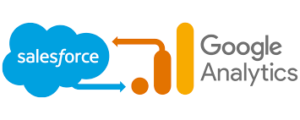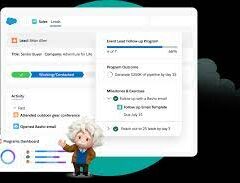What is a Salesforce Subscriber key?
A subscriber key is a text field that contains a value that uniquely identifies a subscriber in your Marketing Cloud account. A subscriber key is limited to 254 English characters. Avoid using email addresses as subscriber keys.
The subscriber key is also sometimes referred to as the contact key.
What is the difference between primary key and subscriber key?
You can have more than 1 primary key, and it uniquely identifies a row in a data extension. It also ensures records are not overwritten when you create an import activity. Subscriber Key – Contains a value that uniquely identifies a subscriber in your system.
What is the difference between subscriber ID and key?
Subscriber ID is a system defined unique identifier representing a Subscriber. Subscriber Key is a user defined unique identifier representing a Subscriber.
How will a subscriber key be populated in all subscribers?
Subscriber Key values are set in the following ways: An import into All Subscribers. An API call that sends a message (in all channels) A send to a Data Extension that has a sendable field mapped.
What is the difference between contact key and subscriber key in Salesforce Marketing Cloud?
This key is used to identify a single person across multiple channels inside of Marketing Cloud. In Email Studio, that key is called the “Subscriber Key”. In other channels, such as Mobile Connect or Mobile Push, that value is called “Contact Key”.
What is a primary key in Salesforce Marketing Cloud?
A primary key designates a field or fields as significant for evaluating data in a Data Extension. Adding this property to a Data Extension will result in those fields being indexed. It is always possible to use a relational database model for data in the Marketing Cloud.
What is the difference between a subscriber and contact?
A subscriber in SFMC primarily represents an individual’s email communication preferences and is associated with email campaigns, while a contact represents a broader customer profile that includes information beyond email, allowing you to engage with customers across various channels.













